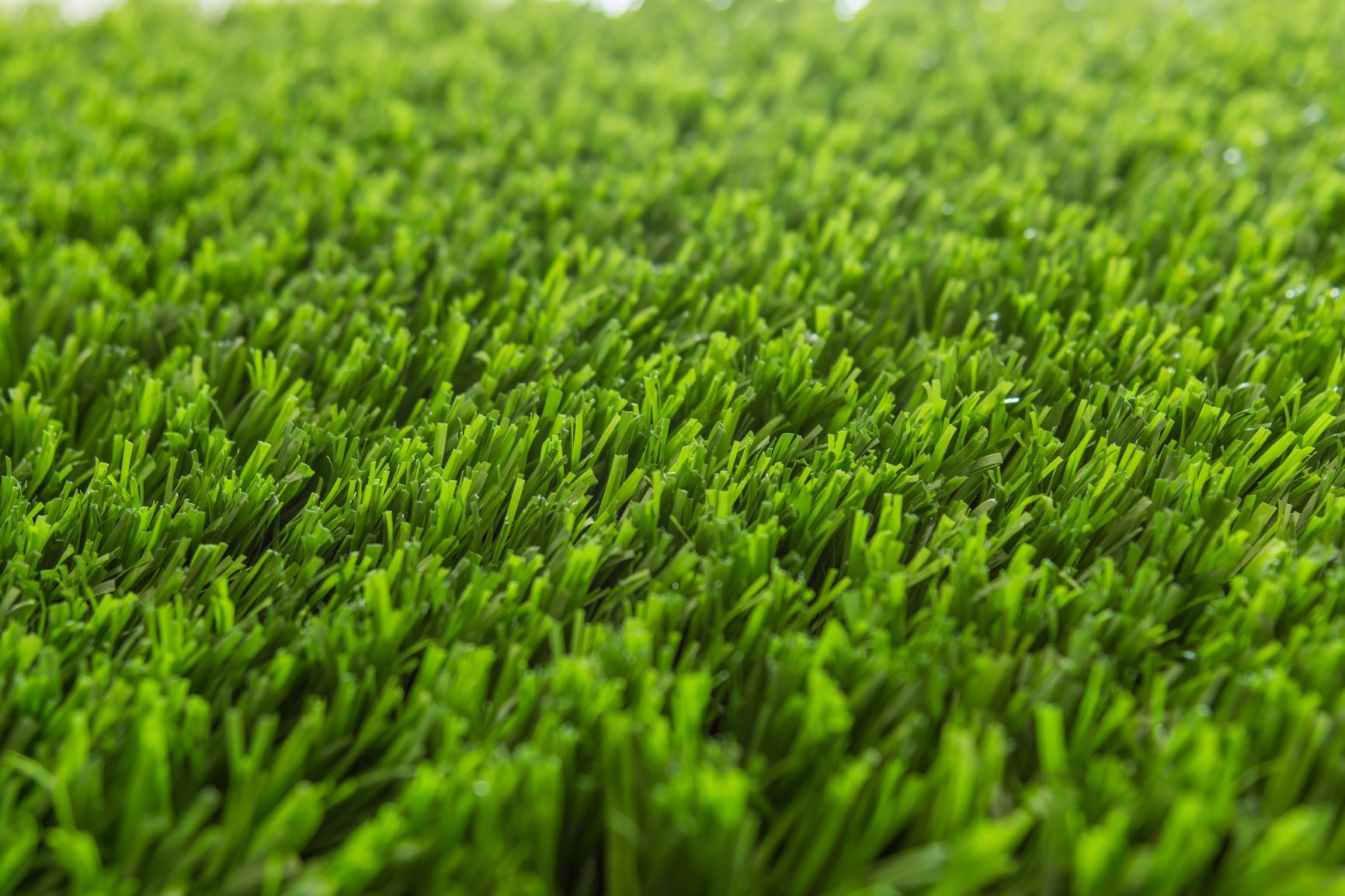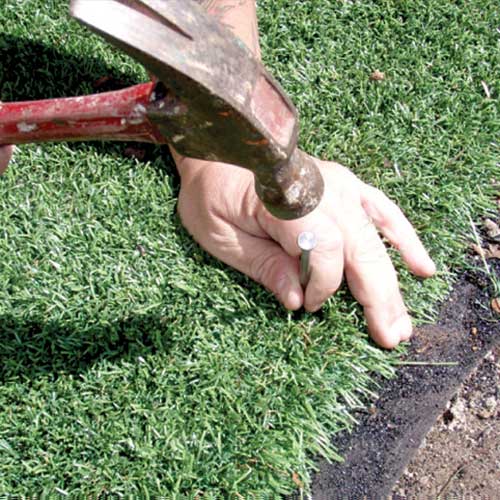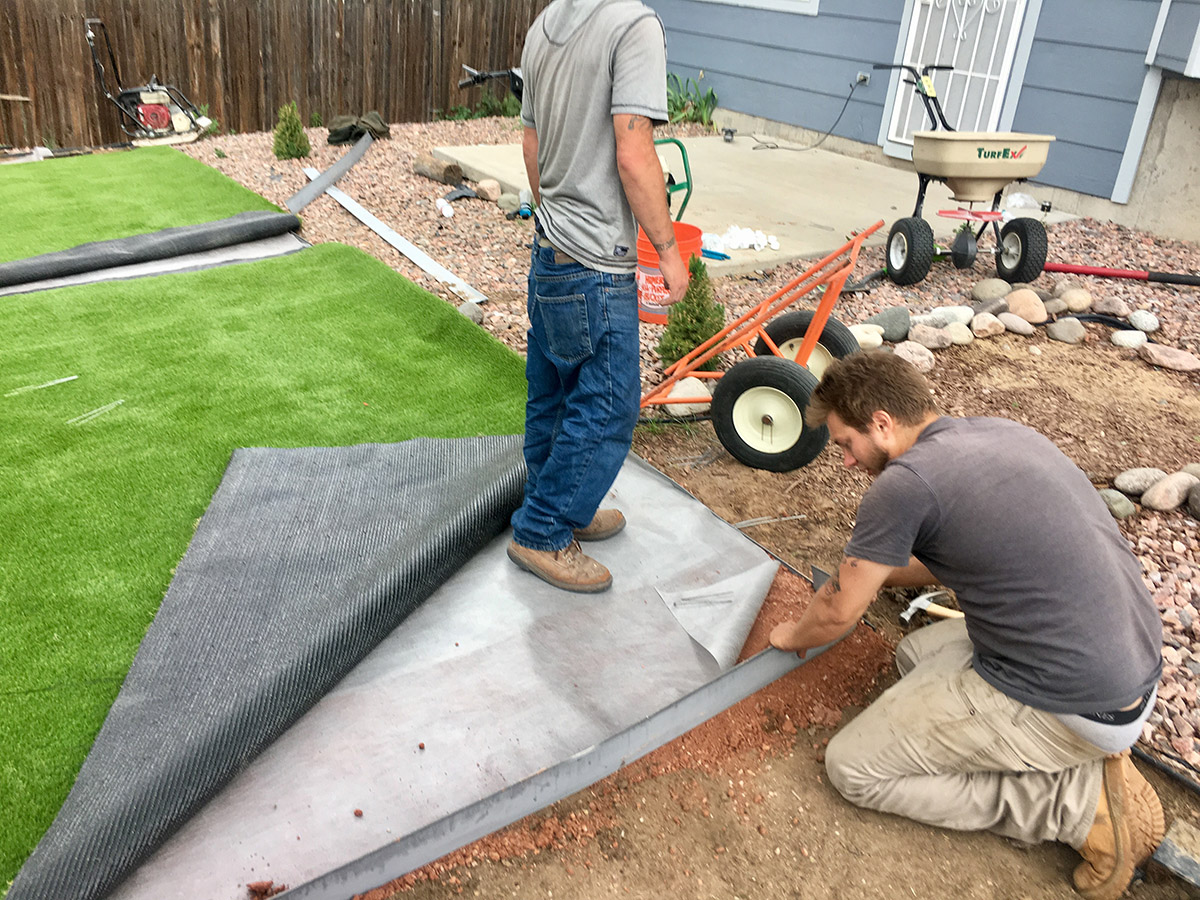Transform Your Outdoor Space with Arizona Artificial Turf for a Evergreen Green Look
Transform Your Outdoor Space with Arizona Artificial Turf for a Evergreen Green Look
Blog Article
Explore the Environmental Perks of Opting for Artificial Lawn Solutions
The fostering of synthetic turf remedies provides a compelling possibility to deal with pushing ecological difficulties. By considerably reducing water use and lessening the application of unsafe chemicals, these options not only advertise lasting landscaping yet likewise safeguard regional environments. The reduced carbon impact connected with reduced maintenance tasks adds to a much more sustainable method to land monitoring. The effects of these advantages prolong past plain conservation efforts, elevating questions about their long-lasting effect on habitat conservation and total environmental equilibrium. Exploring these measurements reveals a complicated interaction worth considering.
Water Preservation Perks
One of the most considerable benefits of artificial turf is its capacity to save water. Conventional yard lawns require substantial watering, especially in areas vulnerable to dry spell or water restrictions. In contrast, synthetic grass does not need watering, substantially decreasing the total demand for water resources. This attribute is specifically helpful in arid regions where water shortage is a pressing worry.
By removing the demand for regular watering, man-made grass adds to lasting landscape techniques and assists minimize the ecological impact of excessive water intake. The conservation of water prolongs to the reduction of runoff, which can lead to soil disintegration and river air pollution.
Furthermore, the setup of fabricated lawn permits districts and home owners to assign water sources a lot more effectively, concentrating on essential usages such as drinking water and farming. The change towards synthetic grass not just advertises liable water use yet likewise straightens with more comprehensive environmental objectives focused on maintaining natural deposits.
As neighborhoods progressively focus on sustainability, the water preservation benefits of synthetic grass provide an engaging instance for its adoption in industrial and domestic landscaping tasks.
Reduced Chemical Usage
The change to synthetic grass substantially reduces the reliance on chemical therapies typically made use of in all-natural grass upkeep. Standard turf administration normally includes the application of herbicides, fertilizers, and pesticides to promote growth and control pests. These chemicals can position risks to human wellness, neighborhood wild animals, and the atmosphere, adding to soil and water contamination.
In contrast, synthetic grass removes the demand for these hazardous substances. Once set up, it calls for minimal upkeep, mostly including routine cleaning and occasional infill replenishment. This decrease in chemical use not just benefits the immediate setting yet also adds to more comprehensive ecological security. By minimizing the launch of synthetic substances into the ecosystem, synthetic grass advertises much healthier dirt and water supply.
In addition, the absence of chemical runoff related to fabricated grass setups helps protect neighborhood rivers from air pollution, supporting marine life and maintaining biodiversity. Phoenix turf companies. As communities progressively focus on sustainable techniques, going with synthetic grass presents a practical solution that aligns with environmental conservation objectives. Through this shift, homeowner can appreciate lush green areas without jeopardizing eco-friendly health, leading the means for a much more lasting future
Lower Carbon Footprint

Additionally, the installation of synthetic grass can cause considerable water conservation. All-natural lawns require considerable quantities of water for watering, which not only adds to the carbon footprint linked with water extraction and therapy however likewise stress neighborhood water sources. In comparison, synthetic grass requires marginal upkeep, requiring no watering, therefore significantly lowering water usage and its connected energy costs.
Furthermore, the longevity of synthetic grass adds to its reduced carbon impact. With a life-span of approximately 15 years or more, the requirement for constant replacements is lessened, causing much less waste and lower power usage in production and taking care of traditional yard alternatives. Generally, synthetic grass presents a lasting choice for ecologically aware landscape design.
Habitat Conservation
Habitat conservation is a vital factor to consider in the dispute over landscaping selections, particularly when contrasting synthetic grass to all-natural grass. All-natural grass yards typically require comprehensive upkeep, consisting of the usage of herbicides, chemicals, and fertilizers, which can adversely influence neighborhood ecosystems. These chemicals can seep into the dirt and rivers, hurting indigenous vegetation and animals and disrupting neighborhood environments.
In comparison, synthetic grass offers a chance to decrease the environmental footprint of landscaping. By going with artificial turf, homeowners can decrease the disruption of natural environments connected with typical lawn treatment methods. Man-made turf removes the demand for dangerous chemicals, therefore safeguarding neighboring wildlife and maintaining the honesty of surrounding communities. In addition, the installation of synthetic turf can result in the conversion of previous turf locations into even more biodiverse landscapes, such as pollinator yards or native plant locations, which can support regional wild animals.
Eventually, the transition to man-made lawn not just conserves water and lowers maintenance efforts but likewise cultivates a more harmonious partnership between human tasks and the natural environment, advertising habitat preservation at the same time.
Long-Term Sustainability
Lasting sustainability is an important element in examining the advantages of man-made grass over conventional turf lawns. Among the most significant benefits of man-made grass is its durability; it can last as much as 15-20 years with marginal maintenance, whereas all-natural turf requires frequent reseeding and substitute. This long life reduces the requirement for continuous resources, such as water, plant foods, and chemicals, which are vital for maintaining a healthy and balanced yard lawn.
Furthermore, artificial click to find out more lawn adds to a reduction in carbon exhausts connected with lawn care tools. Traditional lawns typically call for gas-powered lawn mowers, leaners, and blowers, all of which add to air contamination. Turf installation phoenix az. In contrast, fabricated lawn gets rid of the demand for such equipment, advertising a cleaner environment
Additionally, the manufacturing of artificial turf significantly uses recycled products, improving its sustainability profile. As producers adopt eco-friendly techniques, the environmental footprint of artificial grass continues to lessen.

Verdict
The fostering of synthetic grass services presents substantial ecological benefits, consisting of significant water preservation, reduced dependence on hazardous chemicals, and a reduced carbon impact. Man-made turf help in protecting all-natural environments by reducing land disruption and advertising long-lasting sustainability via the use of sturdy products. Jointly, these elements underscore the potential of synthetic grass to add favorably to environmental health and offer a practical alternative to typical landscaping practices in a progressively resource-conscious world.
In comparison, synthetic turf does not need watering, considerably decreasing the total demand for water sources. By minimizing the release of synthetic substances into the environment, synthetic turf promotes healthier dirt and water systems.
Furthermore, the installation of artificial grass can result in considerable water conservation. In comparison, man-made lawn requires minimal find out this here maintenance, requiring no watering, consequently substantially decreasing water use and its associated power expenses.

Report this page